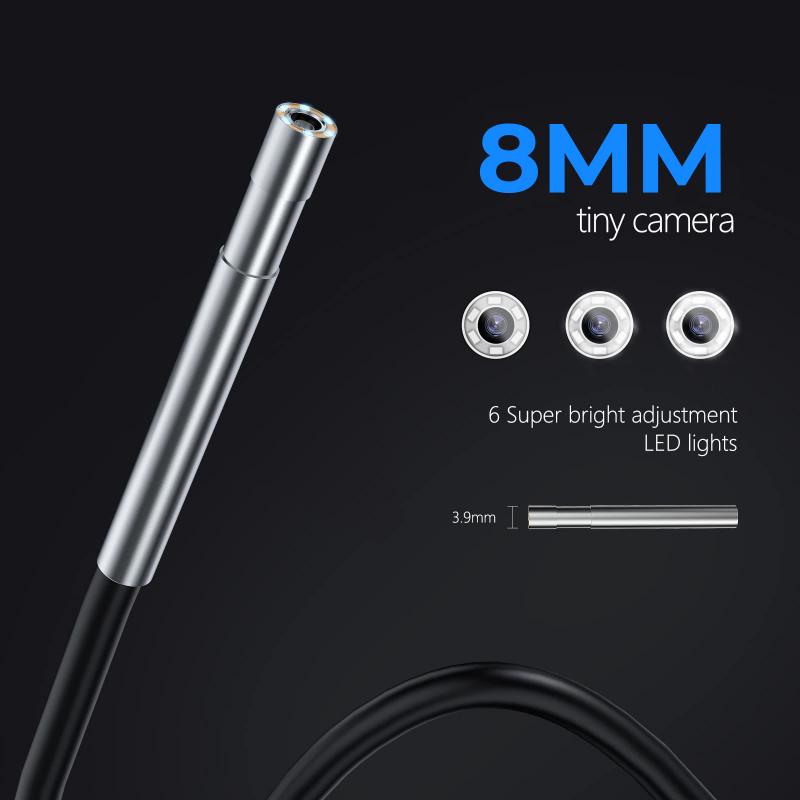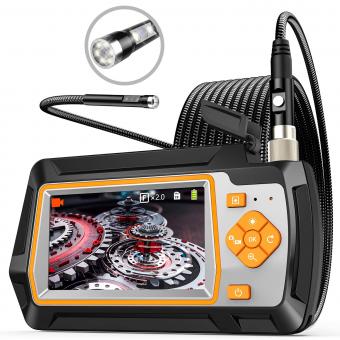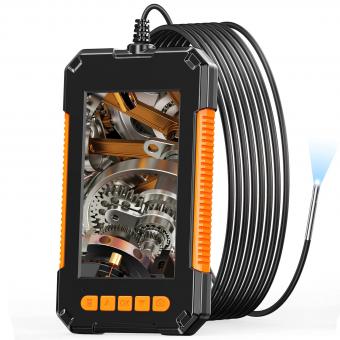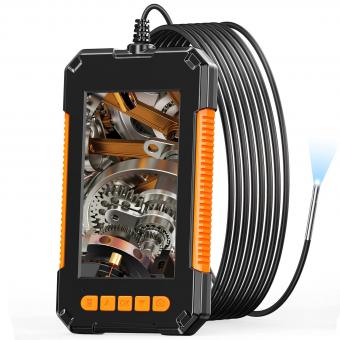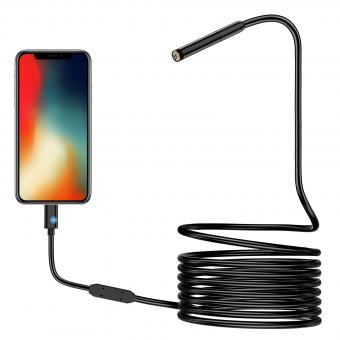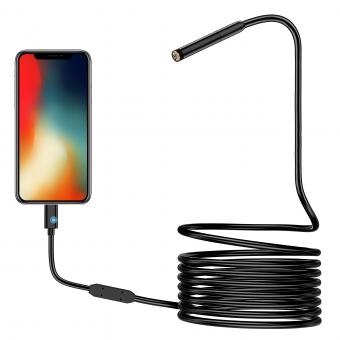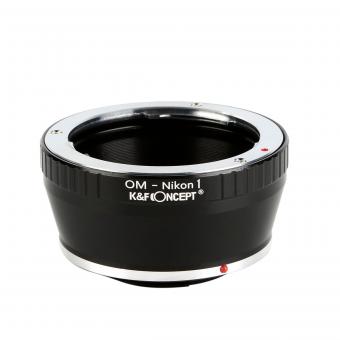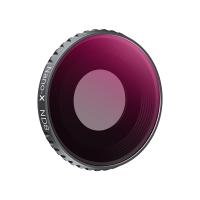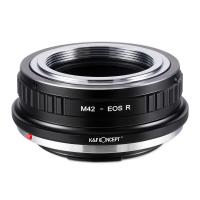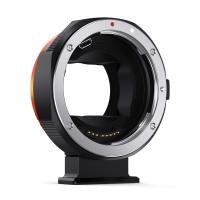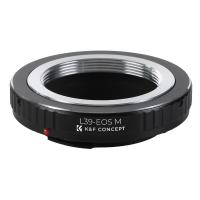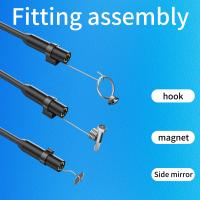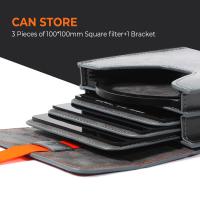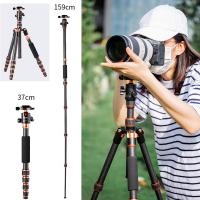What Are The Advantages Of Using An Endoscope ?
The advantages of using an endoscope include the ability to visualize and diagnose medical conditions within the body without the need for invasive surgery. Endoscopes are minimally invasive and can be used to examine various organs and structures, such as the digestive tract, respiratory system, and urinary tract. They can also be used to perform procedures such as biopsies, removal of foreign objects, and treatment of bleeding.
Endoscopes provide high-quality images and allow for real-time visualization, which can aid in accurate diagnosis and treatment. They also reduce the risk of complications and infection compared to traditional surgical procedures. Endoscopic procedures typically require less recovery time and are associated with less pain and scarring.
Overall, the use of endoscopes has revolutionized the field of medicine and has allowed for more precise and effective diagnosis and treatment of a wide range of medical conditions.
1、 Minimally invasive procedures
What are the advantages of using an endoscope? One of the primary advantages of using an endoscope is that it allows for minimally invasive procedures. This means that the procedure can be performed with smaller incisions or even no incisions at all, resulting in less pain, scarring, and a faster recovery time for the patient. Endoscopes are used in a variety of medical fields, including gastroenterology, urology, and gynecology, to diagnose and treat a range of conditions.
In addition to being minimally invasive, endoscopes also provide doctors with a clear view of the inside of the body, allowing for more accurate diagnoses and targeted treatments. Endoscopes can also be equipped with various tools, such as forceps or lasers, to perform procedures such as removing polyps or tumors.
The latest point of view on the advantages of using endoscopes is that they are becoming increasingly advanced and sophisticated. For example, some endoscopes now have high-definition cameras that provide even clearer images, and others are equipped with artificial intelligence technology that can help doctors identify potential issues more quickly and accurately.
Overall, the advantages of using an endoscope are clear: they allow for minimally invasive procedures, provide doctors with a clear view of the inside of the body, and can be equipped with various tools to perform targeted treatments. As endoscopes continue to evolve and improve, they will likely become even more valuable tools in the field of medicine.

2、 Improved visualization and accuracy
The use of an endoscope has revolutionized the field of medicine, particularly in the diagnosis and treatment of various medical conditions. Endoscopes are medical devices that allow doctors to visualize the internal organs and structures of the body without the need for invasive surgery. There are several advantages of using an endoscope, including improved visualization and accuracy.
One of the primary advantages of using an endoscope is that it provides doctors with a clear and detailed view of the internal organs and structures of the body. This allows them to identify any abnormalities or issues that may be present, such as tumors, inflammation, or blockages. With this improved visualization, doctors can make more accurate diagnoses and develop more effective treatment plans.
Another advantage of using an endoscope is that it is minimally invasive, which means that it causes less pain and discomfort for the patient. Unlike traditional surgery, which requires large incisions and a longer recovery time, endoscopic procedures are performed through small incisions or natural openings in the body. This reduces the risk of complications and allows patients to recover more quickly.
In recent years, there have been significant advancements in endoscopic technology, which have further improved its accuracy and effectiveness. For example, the development of high-definition cameras and advanced imaging techniques has allowed doctors to see even more detail and clarity during endoscopic procedures. Additionally, the use of robotic-assisted endoscopy has made it possible for doctors to perform complex procedures with greater precision and control.
In conclusion, the use of an endoscope offers several advantages in the field of medicine, including improved visualization and accuracy, reduced pain and discomfort for patients, and the ability to perform complex procedures with greater precision. With continued advancements in endoscopic technology, it is likely that this medical device will continue to play an important role in the diagnosis and treatment of various medical conditions.
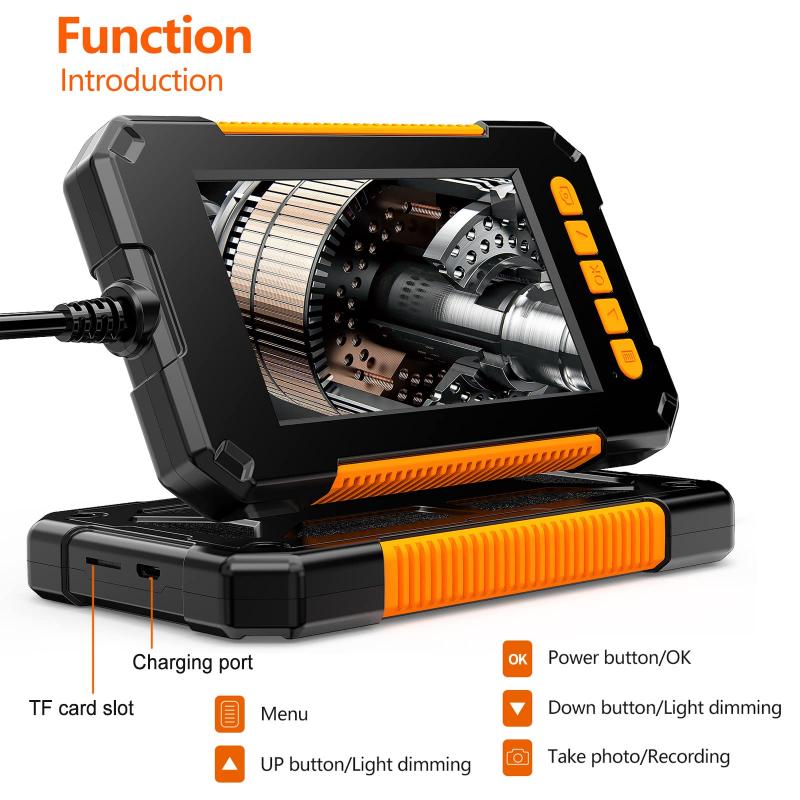
3、 Reduced risk of complications
One of the main advantages of using an endoscope is the reduced risk of complications during medical procedures. Endoscopes are minimally invasive instruments that allow doctors to examine and treat internal organs and tissues without the need for major surgery. This means that patients experience less pain, scarring, and recovery time compared to traditional surgical methods.
Endoscopes are also highly precise instruments that allow doctors to visualize and access hard-to-reach areas of the body. This is particularly useful in diagnosing and treating conditions such as gastrointestinal disorders, respiratory infections, and urinary tract problems. Endoscopes can also be used to remove foreign objects, take tissue samples for biopsy, and perform minor surgical procedures.
In recent years, there have been significant advancements in endoscopic technology, including the development of high-definition cameras, improved lighting systems, and more flexible and maneuverable instruments. These advancements have further improved the accuracy and safety of endoscopic procedures, making them an increasingly popular choice for both patients and doctors.
Overall, the use of endoscopes offers numerous advantages over traditional surgical methods, including reduced risk of complications, faster recovery times, and greater precision and accuracy. As technology continues to advance, it is likely that endoscopic procedures will become even more common and effective in the diagnosis and treatment of a wide range of medical conditions.

4、 Shorter hospital stays and recovery time
One of the main advantages of using an endoscope is that it allows for shorter hospital stays and recovery time. This is because endoscopic procedures are minimally invasive, meaning that they require smaller incisions and cause less trauma to the body. As a result, patients experience less pain and discomfort, and are able to recover more quickly.
In addition to shorter hospital stays and recovery time, there are several other advantages to using an endoscope. For example, endoscopic procedures are often more accurate and precise than traditional surgical techniques. This is because the endoscope provides a clear view of the internal organs and tissues, allowing the surgeon to see exactly what they are doing and avoid damaging surrounding structures.
Another advantage of endoscopic procedures is that they are often less expensive than traditional surgery. This is because they require fewer resources and less time in the operating room, which can help to reduce overall healthcare costs.
Finally, the latest point of view on endoscopic procedures is that they are becoming increasingly popular and widely used. This is due in part to advances in technology, which have made endoscopes smaller, more flexible, and more versatile. As a result, endoscopic procedures can now be used to diagnose and treat a wide range of conditions, from gastrointestinal disorders to cancer.
Overall, the advantages of using an endoscope are clear. They offer shorter hospital stays and recovery time, greater accuracy and precision, lower costs, and a wider range of applications. As a result, endoscopic procedures are likely to continue to grow in popularity and become an increasingly important part of modern healthcare.
